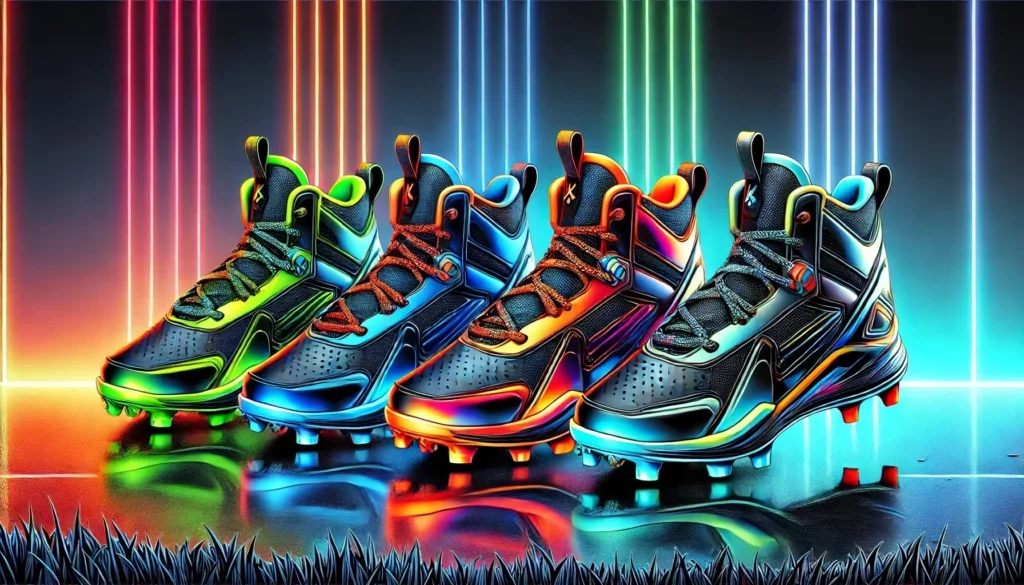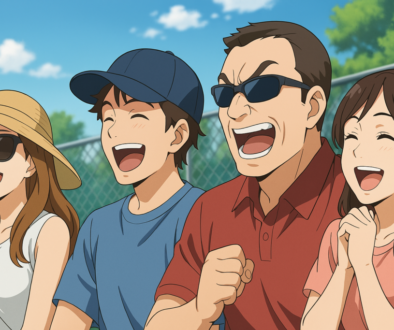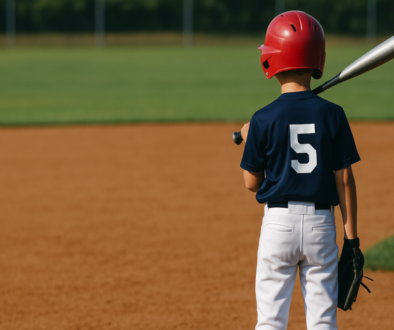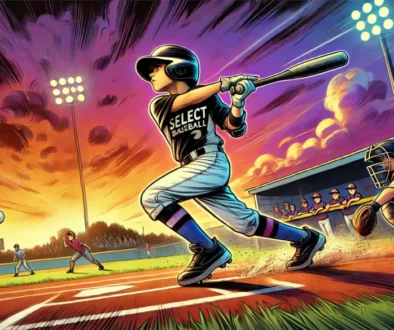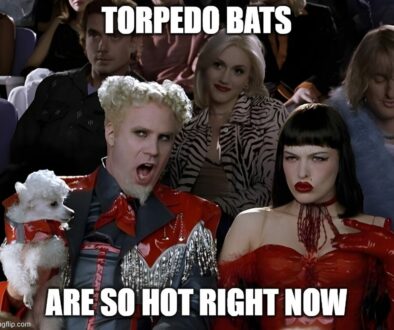The Ultimate 2025 Guide to Baseball Cleats (and What Type to Wear on Every Field)
When it comes to youth baseball, the right cleats can mean the difference between peak performance and sore feet—or worse, a rolled ankle. Whether your player is on turf, dirt, grass, or bouncing between all three in a single weekend, this guide helps you pick the right cleats for the field.
🧭 Why Cleat Type Matters
Different fields = different traction needs. Wearing the wrong cleats can lead to:
-
Slipping on turf
-
Getting stuck in soft infields
-
Uneven pressure on growing feet
-
Unnecessary wear on expensive cleats
The goal? Comfort + performance + safety = cleat confidence.
🔢 Types of Baseball Cleats
1. Molded Cleats (Best for Most 9U–13U Players)
✅ Most versatile and common for select ball.
-
Made from hard rubber or plastic.
-
Great for dirt, grass, and firm turf fields.
-
Lightweight and durable for long tournament weekends.
🎯 Best for: Players under 14U, multi-surface fields, everyday practice.
2. Metal Cleats (Usually 14U and Up)
✅ More traction for bigger, stronger players.
-
Provide sharper grip on hard dirt and grass.
-
Not allowed for most 12U or younger divisions.
-
Great for high school prep and competitive older players.
Top Picks (2025):
- Let the baseball world know what kind of bat-wielding beast you are. The midsole has Nike React technology, perfect for sprinting around the bags or robbing your opponent of extra bases. The plush, breathable upper helps secure your foot without adding any unnecessary weight. Plus, the grippy rubber traction is tailor-made for all-out effort plays.
- FLEX ON THE FIELD: Two-piece plate with metal studs provides optimal flexibility and comfort underfoot to give you that “runnable” feel when traveling between the bases or roaming the outfield grass.
- NOD TO AN ICON: A mesh window in the upper harkens back to the iconic Nike Huarache from the basketball world to help create lighter weight compared to its baseball predecessor.
- Internal webbing and updated mesh provide lightweight, breathable support and containment.
- Layers of breathable mesh and strategically placed overlays give you a secure fit.
⚠️ Caution: Never wear on turf—it can damage the field and cause injury.
3. Turf Shoes (Required for Many Indoor & Turf Fields)
✅ Flat-soled cleats designed for turf grip.
-
Must-haves for indoor training, turf facilities, and some turf-only tournaments.
-
Super comfortable for practices, cages, and travel days.
-
Also great for coaches and parents walking fields all day.
Top Picks (2025):
- Fresh Foam midsole cushioning is precision engineered to deliver an ultra-cushioned, lightweight ride
- Nubbed rubber outsole provides lightweight traction on turf
- Design blends cues from both lifestyle and performance shoes for added comfort
- Synthetic and mesh upper for a durable and breathable feel
- For pitchers with excessive toe drag, we recommend using a toe-protection product to extend the life of your trainer
🎯 Pro Tip: Keep a pair in the gear bag at all times—tournament directors will check.
📍 North Texas Field Examples (and What to Wear)
| Field Type | Common Locations | Best Cleat Type |
|---|---|---|
| Natural Dirt & Grass | McInnish Park, The Colony Five Star | Molded or Metal |
| Artificial Turf (Full) | Z-Plex, Globe Life Field Youth Complex | Turf shoes only |
| Turf Infield / Grass Outfield | Hero’s Field, Craig Ranch | Molded preferred |
| Indoor Facilities | D-BAT, TCS, local cages | Turf shoes required |
👣 Cleat Fit Tips for Growing Players
-
Leave about a thumb’s width at the toe.
-
Break cleats in before a tournament weekend.
-
Consider wide options (especially New Balance) if your player complains of toe pain.
-
Use two pairs: one primary, one backup (especially in wet weather).
🧼 Cleat Care Tips
-
Clean after each game—especially turf shoes to prevent wear.
-
Let them air dry—never put cleats in the dryer.
-
Rotate pairs to extend lifespan (especially in long seasons).
🧽 Quick hack: Keep a plastic bin in the car for muddy cleats post-game.
TL;DR:
Choosing the right baseball cleats in 2025 comes down to field surface, age group, and comfort. Most select players will need at least two pairs: molded cleats for outdoor play and turf shoes for indoor or artificial surfaces. Investing in quality footwear not only boosts performance—it helps prevent injury and keeps your player on the field longer.
